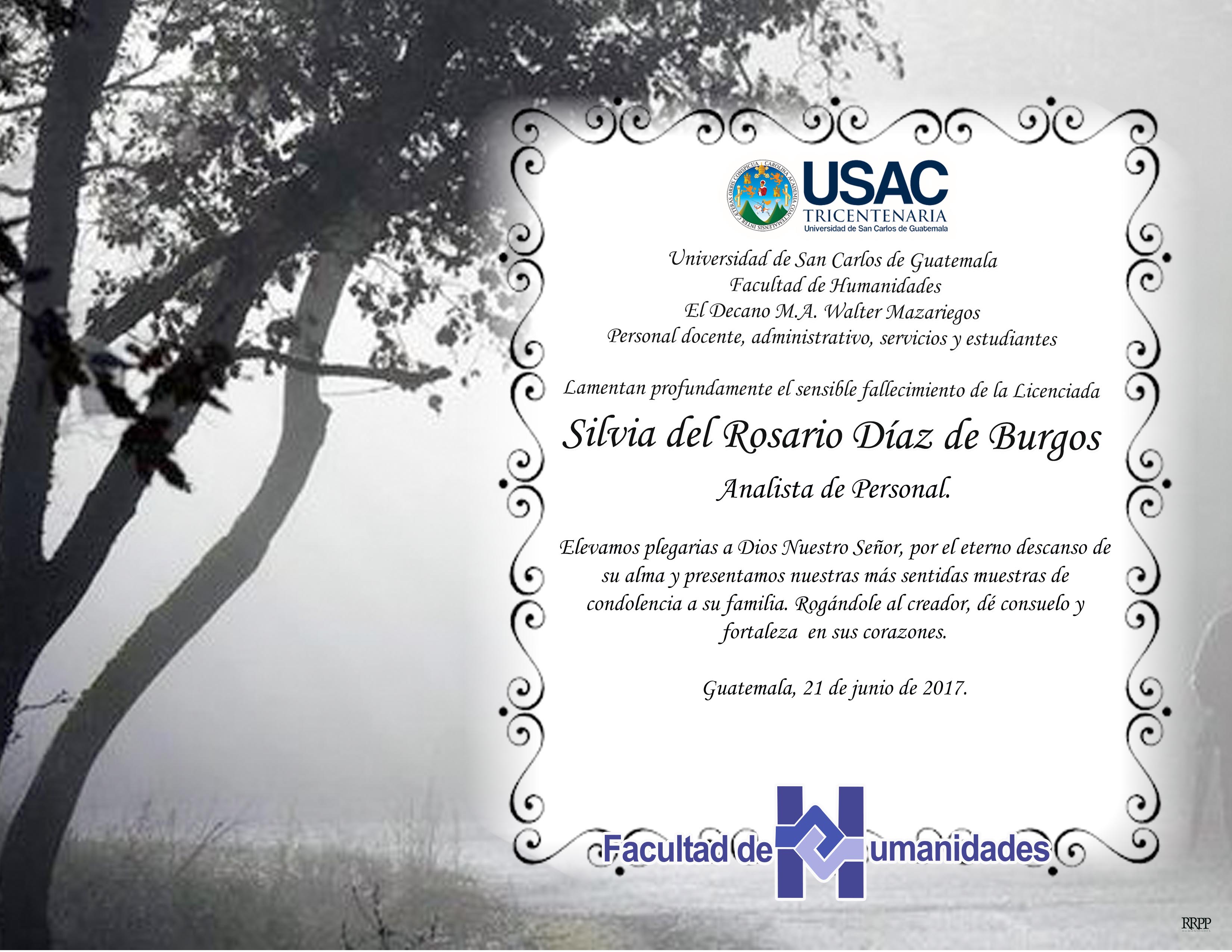

The poem was not published until two years later, in 1633, of Donne’s death. It is believed that he wrote it when he was young and was studying law and that he did it to impress his male classmates. Also, in the original English, the word maidenhead in the poem means hymen so the poem implies that the woman is a virgin.
#Nota de duelo word how to
The argument is the refusal of the woman to have sex and how to convince her to make love, if a flea takes blood from the woman and after the man, both bloods are mixed in the flea, why not do it in the same way in the sexual act and its consummation as the image of the flea and the blood?. In this poem, the flea, it is a sexual metaphor. One of Donne’s most popular erotic poems is The flea, due to the frequency of fleas in the Renaissance and the appearance of the plague. Donne attributes it to vapors and humidities of the earth and the flea says that “ although it does not kill, it produces all the damage it can”. Throughout his life, Donne had repeated attacks of intermittent mild fever that have been labeled as probable episodes of pharyngotonsillitis. The infections prevalent in Donne’s time were typhus, dysentery and smallpox, but plague and other infections were present in Donne´s life in addition to the epidemic typhus:Ī) Pharyngotonsillitis. The culture of melancholy was prevalent in that period. There is an obsession in Donne for mortality in all his works, the result of his time: at that time mortality, especially in newborns, was very high (five out of his children died), a certain depression of his personality and his concerns by lack of money, the existence of epidemics such as plague, typhus, smallpox and cholera, the executions and funerals that were public. The melancholy was a typical vision of the 17th century as in the book of Robert Burton (1577-1640), Anatomy of the Melancholy (1621), and Webster in the Elizabethan Age. In the poem “ Whispers of Immortality”, TS Eliot places Donne in the same category as John Webster (1580-1633), those writers with a depressive disposition.
#Nota de duelo word full
Also, in some of his works such as the “ Elegy to his mistress going to bed” censored and, that was not published until 1669, a pornographic Donne and full of eroticism is displayed. He has been described as a flatterer and adventurer who participated in his youth in the attack of the Earl of Essex against Cadiz (Spain) in 1596. Also, he changed from Catholicism to Anglicanism, at a time that being of this religion in England was a very great danger of death, and of writing erotic and love poems to become a cleric and dean of St Paul’s Cathedral in London. Contemporary of Shakespeare, who is believed to be also crypto-Catholic, and the Quixote of Cervantes is a writer who was little understandable, close to the baroque poetry of Luis de Góngora, and therefore he was postponed for a long time. John Donne has been defined as a metaphysical poet, denomination coined by his enemies, and is known above all for his quotes as “No man is an island, entire of itself every man is a piece of the Continent, a part of the main… “ and “ Any therefore never send to know for whom the bell tolls it tolls for thee”. Likewise, we mention the exanthematic typhus´s symptoms in his Devotions in comparison with the Luis de Toro´s or Alfonso López de Corella´s works and the singular treatment of pigeon carcasses on the soles of the feet in English Doctors but not in Spanish Doctors. In this review, we describe the infections that appear in the life and work of Donne, fundamentally the exanthematic typhus that suffered and gave arise to his work Devotions upon emergent occasions, and several steps in my sickness and we discuss the vector of transmission of this disease that Donne´s scholars have related to the flea without mentioning the body louse and as a source of contagion through the dresses of his time. As Arrizabalaga remarks: “ behind the word and the label of epidemic typhus there are several entities with which they were confused”, for example the distinction between typhoid fever and exanthematic typhus occurred already in modern times.


1532-1591), printing in Zaragoza, Valladolid and Burgos, respectively. The first three treaties on epidemic or exanthematic typhus were from the Spanish doctors Alfonso López de Corella (c.


 0 kommentar(er)
0 kommentar(er)
